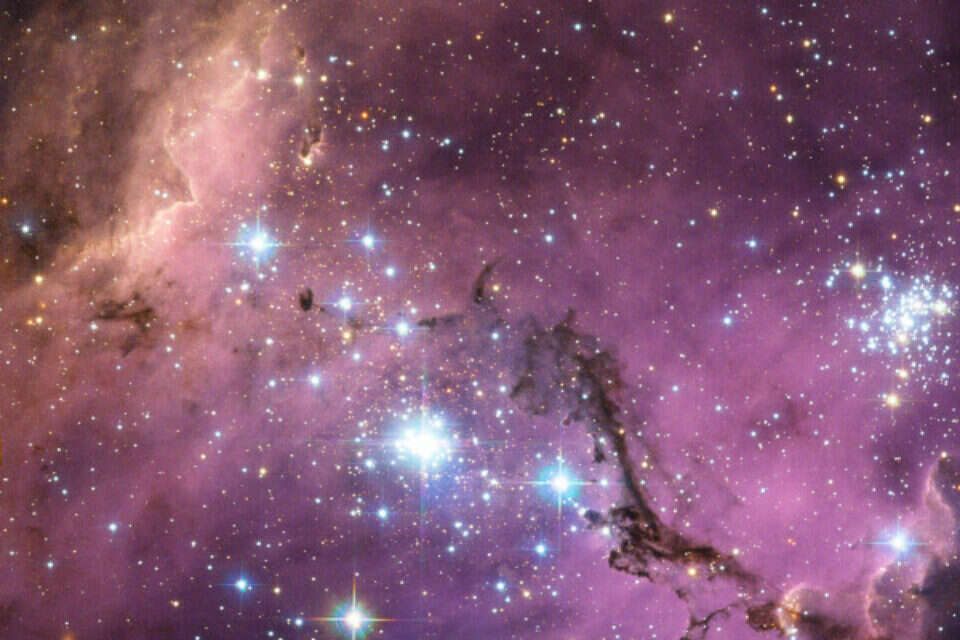In an extraordinary discovery that has fascinated the scientific community, astronomers have uncovered six planets orbiting a nearby sun-like star known as HD 110067 — but doing so in a way never before seen before. Bard helps us understand this new discovery.
The system, located within the constellation Coma Berenices, is about 100 light-years away. According to a paper published in Nature, the interactions between these stars challenge our understanding of the formation and evolution of exoplanets. While their scorching temperatures and gaseous composition preclude the possibility of life as we know it, its complex orbital dynamics provide interesting insights into the complex processes that govern planetary systems.
The six planets, each larger than Earth but smaller than Neptune, move in a common dance. One planet completes three orbits around the Sun while a nearby planet completes two, showing the inner order of the universe and its mathematical accuracy. This synchronized ballet, a rare phenomenon in nature, indicates that these planets have remained in this stable formation since their formation, billions of years ago.
The discovery of these sub-Neptunian exoplanets, classified as such due to their size, has intrigued scientists seeking to unravel the cosmic riddle of planetary formation. Our solar system, on the other hand, lacks a subplanet Neptune, which makes researchers wonder why our planetary environment deviates from this common galactic pattern.
The newly discovered planets, two to three times the diameter of Earth, orbit their Sun in a relatively short period of time, with the innermost completing a rotation in just nine days and the outermost in 54 days. Their proximity to their mother planet suggests that they are unlikely to live in habitable environments.
Astronomers have used a combination of NASA's Exoplanet Survey Satellite (TESS) and the European Space Agency's CHEOPS satellite to discover these celestial gems. TESS painstakingly scans the universe for subtle signs of passing planets, while CHEOPS focuses on honing knowledge of known exoplanets.
The discovery of these six planets not only expanded our understanding of the diversity of exoplanets, but also opened up new avenues of research. NASA's James Webb Space Telescope has embarked on a mission to examine these distant worlds, which could reveal the composition of their atmospheres and release more clues about their formation and evolution.
The discovery of this harmonious planetary system serves as a testament to the vastness of the universe and the infinite mystery it holds. As we continue to explore the universe, we may discover more celestial wonders, each of which adds to our ever-expanding understanding of the complex fabric of the universe.
Wrong? We'll fix it! If you find a mistake in the article, please share with us

